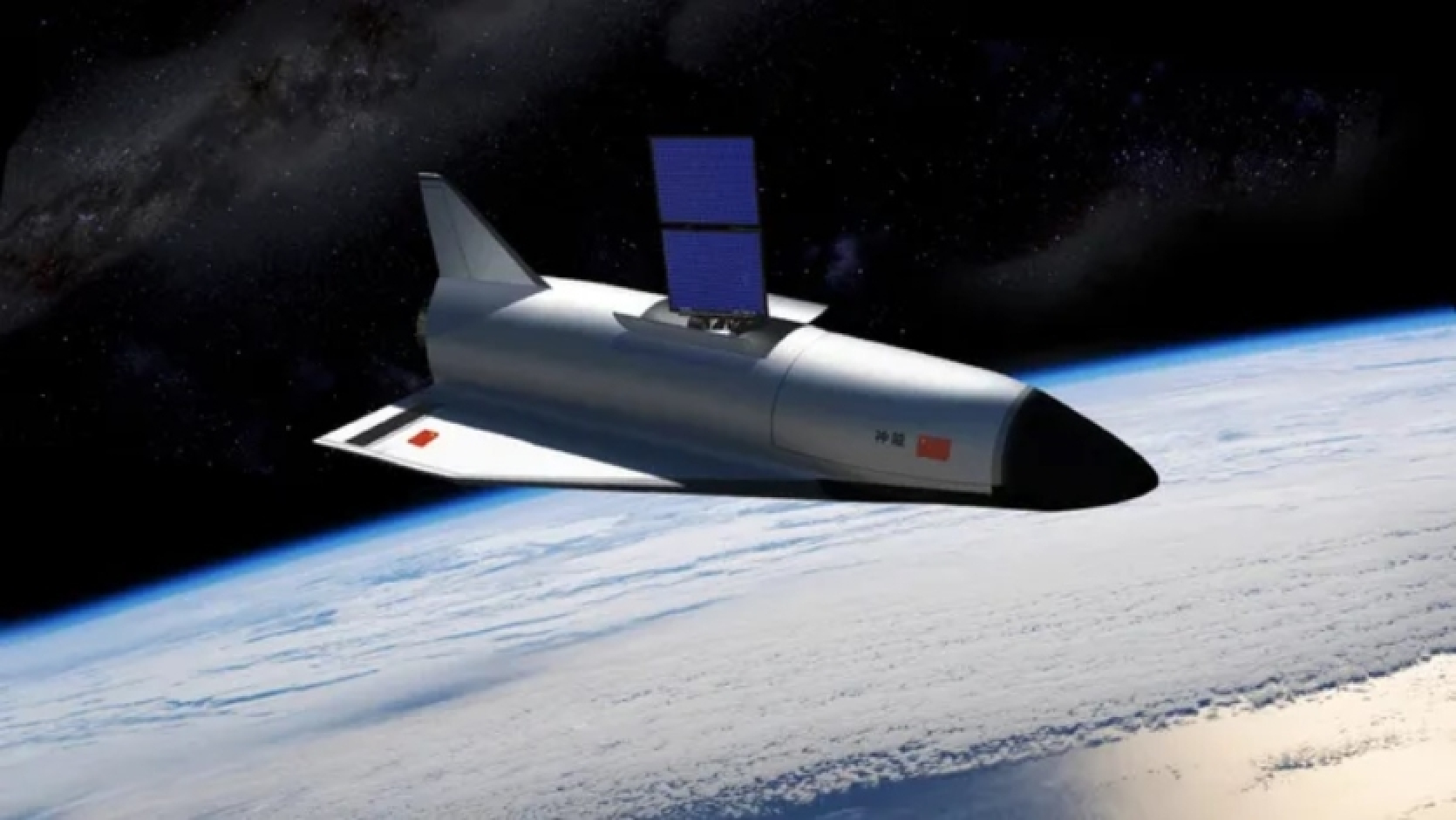The photo shows two solar panels and gives an idea of the aircraft's size—likely around 10 meters in length—which means the Chinese "flying spy" is larger than the X-37B operated by the U.S. Space Forces.
The Chinese spaceplane (which was supposed to be secret but is now known) was launched into orbit on December 14, 2023, by a Long March 2F rocket and is currently on its third orbit around the Earth.
Recently, the aircraft was captured by Felix Scheffbrenner from Austria, who decided to track the object in order to create a detailed (as much as possible) visualization.
In an interview with Space.com, Scheffbrenner explained that he used a telescope with a 35.5 cm mirror and various mechanisms that enable tracking satellites while maintaining them in the center of the field of view. The photographer also adjusted his equipment with some input data and corrections.
“I produced these images by capturing videos during the flyby and then stacking them and sharpening the best frames,” said Scheffbrenner.
The images reveal two solar panels not seen in any computer visualizations available online, as well as provide insight into the size of the aircraft.
Probably, its length reaches 10 meters, making the Chinese "flying spy" larger than the U.S. spaceplane X-37B, which is operated by the U.S. Space Forces.
“However, the information may be inaccurate, as the angle at which the aircraft is illuminated might obscure certain features,” Scheffbrenner noted.
Interestingly, during its third flight, the aircraft lowered its orbit to 350 km above the Earth. It is unknown what information China gathered during this journey.
Previously, experts speculated that some of the recent maneuvers of the Shenlong space drone could indicate its potential anti-satellite capabilities (likely for maneuvering or capturing satellites). In June, during its third mission, this craft released an object that moved several kilometers away before returning to within a few hundred meters.














Comments (0)
There are no comments for now